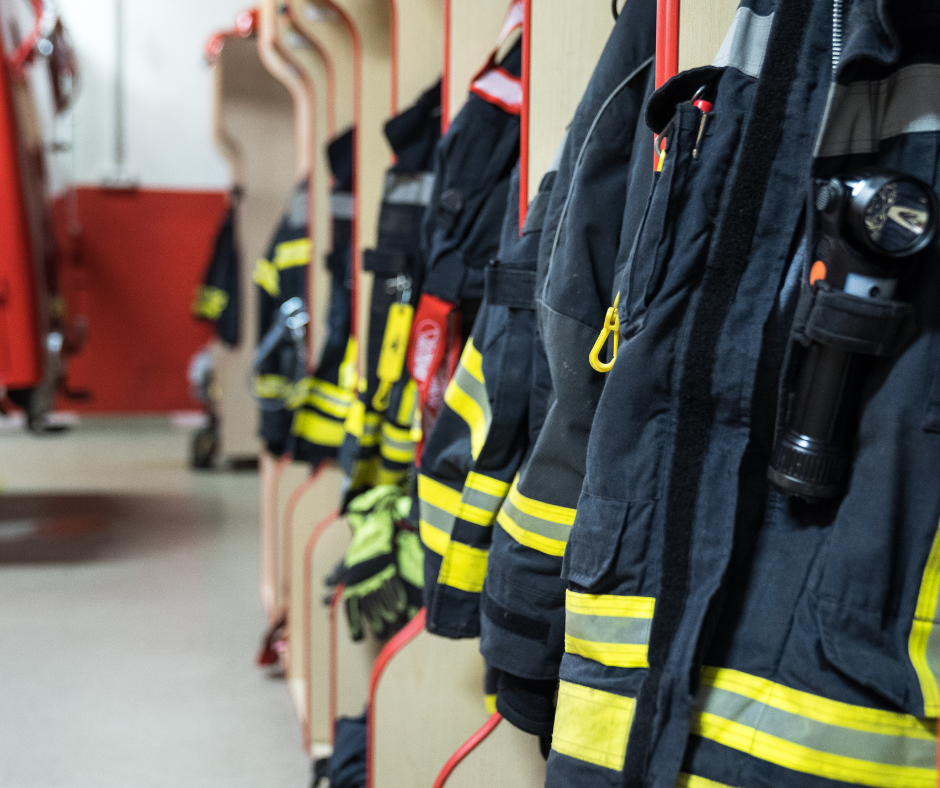
The Complete Guide to Personal Protective Clothing (PPE): What You Need to Know
Personal protection equipment (PPE) has evolved beyond a mere catchphrase in today's environment. Particularly in industries where employees are subjected to numerous risks, it is imperative. Safe clothes are one of the most important parts of personal protective equipment. Identifying and wearing the appropriate PPE personal protective equipment is crucial for preventing dangers for anyone working in the healthcare or construction industries, as well as for people going about their daily lives during a pandemic. Providing you with all the knowledge you need to know about personal protective clothing—its varieties, applications, and best practices—is the goal of this extensive reference.
Comprehending Personal Safety Wear
Apparel or gear intended to shield people from environmental dangers is referred to as personal protective apparel. In addition to biological, chemical, and radioactive risks, these dangers may also be psychological. PPE clothes are primarily used to put an obstacle in the way of the wearer and any potential hazards, which lowers the possibility of an accident, disease, or other negative consequences.
Different Kinds of Personal Protective Gear
The following are some of the many types of personal protective equipment that are available on the market:
Work Clothes for Industrial Environments
Sharp items, falling debris, and severe temperatures are just a few of the physical risks that workers in industries like construction, manufacturing, and mining must deal with. Hard hats, safety goggles, steel-toed boots, and high-visibility vests are examples of protective apparel that may be worn in these situations.
Healthcare Workers' Protective Clothing
To stop the spread of infectious diseases in medical settings, protective clothes such as gowns, masks, gloves, and face shields are essential. Usually, these clothes are constructed from materials that are bacterial and fluid-resistant.
Safety Gear for Emergency Participants
Specialized protective gear, including items that shield against heat, smoke, and biological contaminants, is necessary for emergency responders such as firefighters and paramedics.
Chemical Resistant Apparel
To avoid skin exposure and absorption, workers handling dangerous chemicals must wear specific protective clothes. This can include respirators, boots, gloves, and suits that can withstand chemicals.
Wearing clothing that resists fire
Wearing fire-resistant clothing is crucial in areas where there is a chance of fire or exposure to flames. Coveralls, jackets, and pants constructed of materials like Nomex or Kevlar that are flame-retardant are examples of this sort of PPE.
How to Select the Appropriate Personal Protective Gear
The particular hazards present, the necessary level of protection, fit, and comfort should all be taken into account while choosing PPE apparel. Choosing clothes that are appropriate for the intended purpose and comply with applicable safety standards and laws is crucial. The best ways to wear personal protective equipment are as follows:
Frequent upkeep and inspection: Regularly check protective gear for wear and tear or damage, and replace any compromised items as soon as possible.
Adequate Instruction: Make sure that those who will be wearing PPE are properly trained on how to put it on, take it off, and dispose of it.
Procedures for Donning and Doffing: To reduce the possibility of contamination or injury, wear personal protective equipment (PPE) according to approved guidelines when donning and doffing.
Comply with the manufacturer's guidelines: For PPE to be useful and last a long time, follow the manufacturer's instructions for cleaning, storing, and handling it.
Stacking: Wearing layers of protective clothing can offer extra protection in some circumstances. To improve hand protection, put on chemical-resistant gloves over single-use nitrile gloves.
Last Thoughts
Personal protective equipment is necessary to ensure people's safety and well-being in a range of scenarios. People can successfully reduce risks and safeguard themselves from potential dangers by being aware of the various kinds of protective clothing that are available, selecting the appropriate clothes for the task, and adhering to best practices when using them. Prioritizing the use of proper personal safety fall protection equipment is crucial for ensuring a safe and healthy environment, whether in industrial, emergency response, or healthcare settings.
